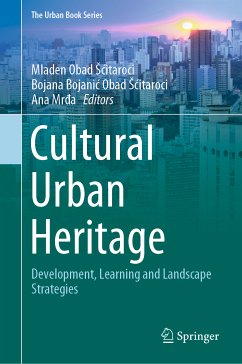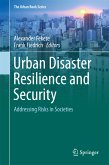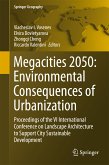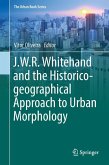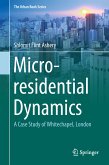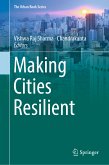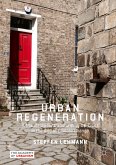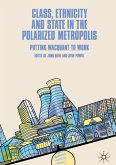Cultural heritage is perceived primarily through conservation, but that comes with limitations. If heritage is perceived and experienced solely through conservation, it becomes a static object. It needs to be made an active subject, which implies life in heritage as well as new purposes and new life for abandoned heritage. Heritage can be considered as a resource that generates revenue for itself and for the sustainability of the local community. To achieve this, it should be developed in accordance with contemporary needs and technological achievements, but on scientifically based and professional criteria and on sustainable models. The research presented in this book is based on the approach of Heritage Urbanism in a combination of experiments (case studies) and theory.
Dieser Download kann aus rechtlichen Gründen nur mit Rechnungsadresse in A, B, BG, CY, CZ, D, DK, EW, E, FIN, F, GR, HR, H, IRL, I, LT, L, LR, M, NL, PL, P, R, S, SLO, SK ausgeliefert werden.

